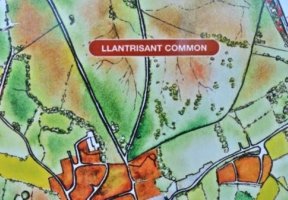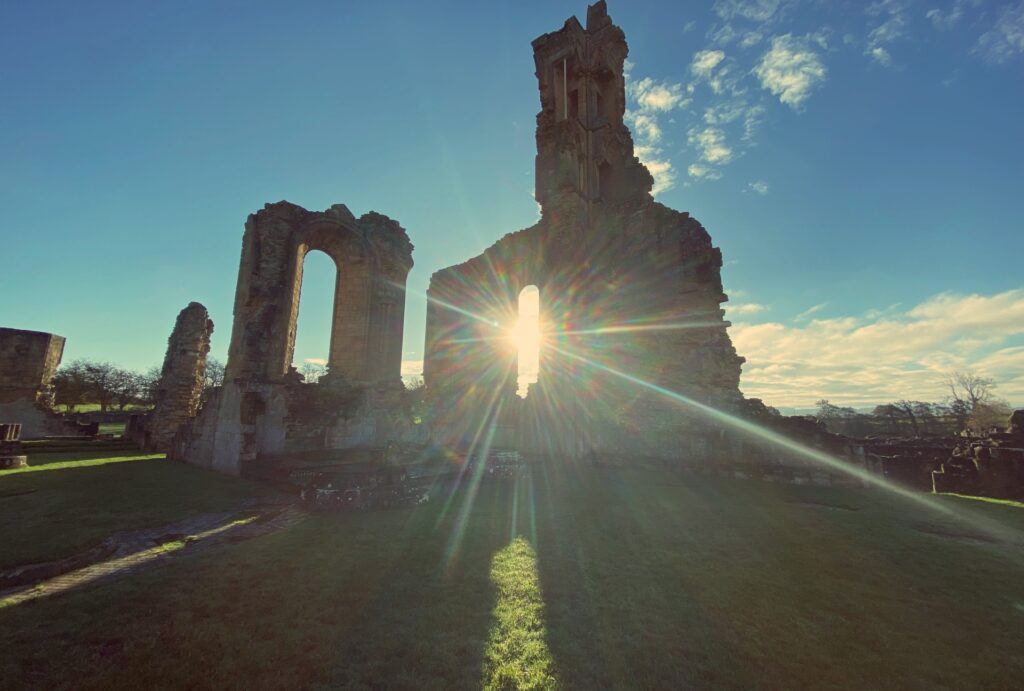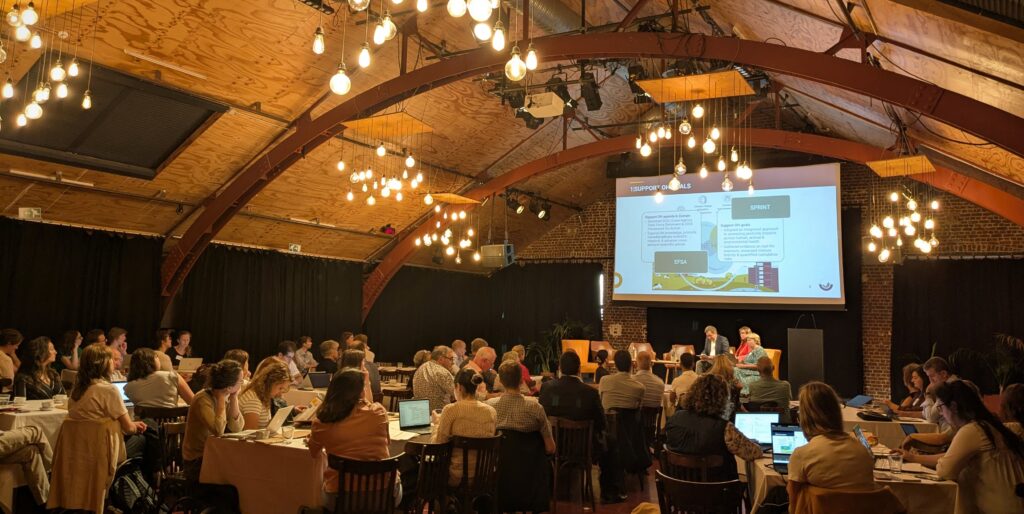The cows and horses calmly grazing on Llantrisant common had to share their space with two opposing armies and a large group of on-lookers last weekend.
Under a blazing sun the Parliamentarians squared off against the Royalists and the two armies, (members of the English Civil War society) clashed with pikes, swords and artillery. At times the view was obscured by thick smoke from the volleys of muskets being fired by each side. After several skirmishes, aided by a small cavalry, and some changes by various factions from one side to the other, the Royalists admitted defeat and withdrew from the field. When it was all over there was a big clean-up of litter from the on-lookers, the cows moved back in and a herd of horses cantered back across the road from the other part of the common where they had gone to avoid the commotion.

The action was all part of the ‘beating the bounds’ celebrations of the Parish of Llantrisant, sitting on a hilltop to the North of Cardiff in Wales. ‘Beating the bounds’ is an ancient tradition that goes back to the early medieval period, before most lands had maps. At regular intervals whole communities would go out and walk around the boundary of the Parish, which usually encompassed the common land on which the community relied for grazing, fuel, building materials and sometimes other resources such as fish and wild fruits and berries. In Llantrisant the tradition is believed to date back to 1346 when the town was granted a Royal Charter. It was an essential means of reminding members of the community where the boundaries of community lands lay, and sharing that knowledge with the next generation.


Luckily for the armies fighting on the common the weather has been dry for several weeks, as the common is normally wet and marshy. The common itself consists of 113-hectare of ‘acidic marshy grassland’ most of which has been designated as a Site of Special Scientific Interest (SSSI) mainly to help protect rare plants such as Cornish moneywort (Sibthorpia europaea) and bog earwort (Scapania paludicola), and habitat for the Meadow Pipit, Skylark, and butterflies.
Like many lowland commons in England and Wales, open space such as Llantrisant common are used for a variety of activities, both social and anti-social. The common proved a perfect place to stage re-enactment of fighting during the English Civil War (1642-1651). The re-enactment last weekend, however, was not the first battle to take place on the common. From 1922 – 27 a five-year struggle ensued between those that had established a golf course on the common, and the Freemen who wanted it removed. Despite the Town Trust ruling to allow golfing to continue, games were disrupted and damaged caused to the point where the golfers eventually moved to another site.
Grazing rights go back into the mists of time and it is likely that the common was also used regularly for longbow practice by archers that helped Edward the Black Prince to win the Battle of Crécy in 1346. Today, like many commons in south Wales, Llantrisant faces a range of problems including scrub growth from undergrazing, vandalism in the form of off-road vehicles and dumping of waste, and abandoned horses (i.e. left for graze on the commons when their owners can no longer afford to keep them). The common is currently managed by Llantrisant Town Trust (established in the 1880s), and owned by the Freemen of the town.





